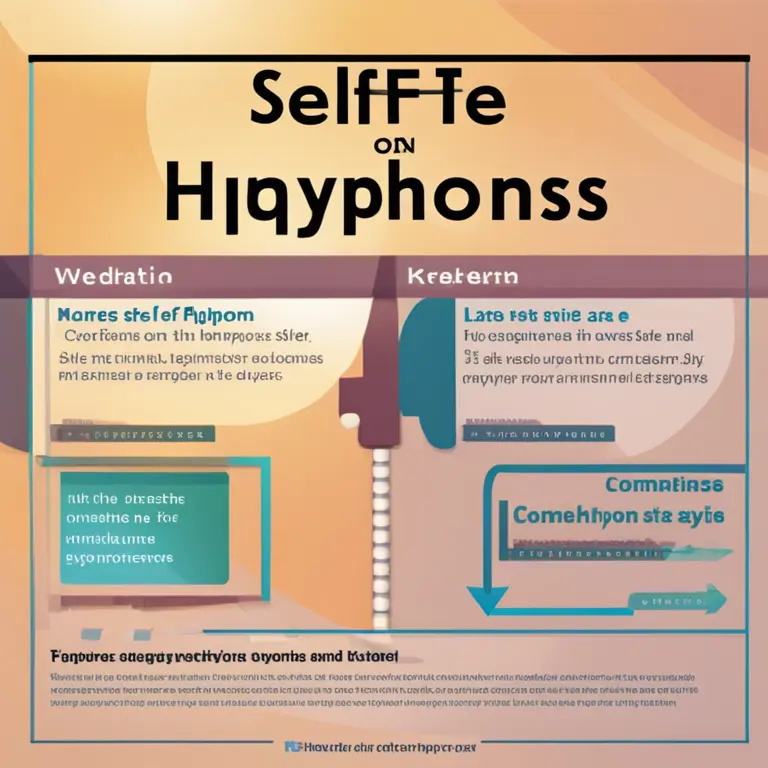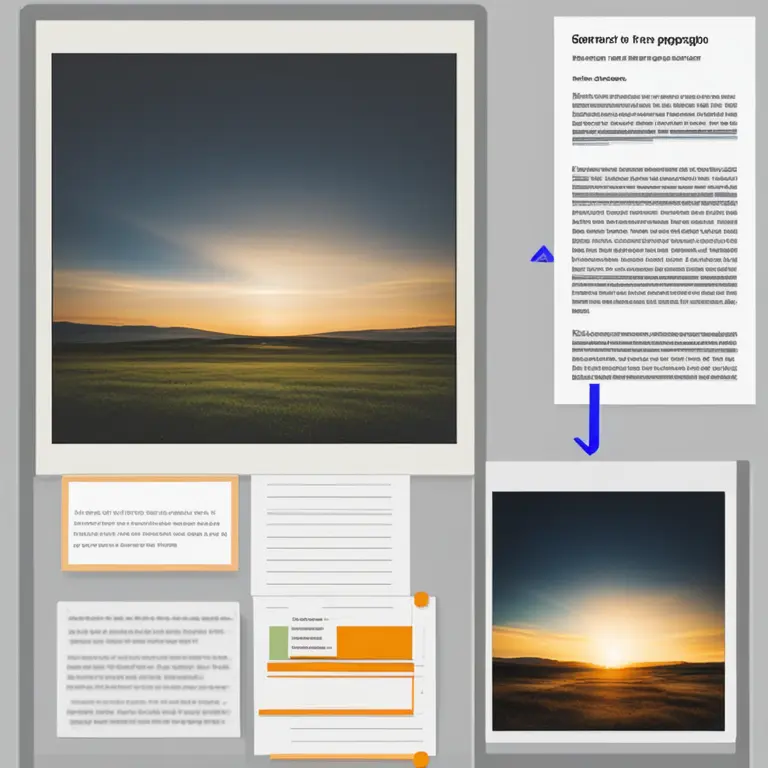
Meditation Versus Self Hypnosis: A Comparative Insight
Explore the differences and benefits of meditation and self-hypnosis, and how they can enhance your mental well-being and self-awareness.
article by Hina Kurosawa
Introduction to Inner Practices
Meditation and self-hypnosis have emerged as popular tools for personal growth and stress relief in our fast-paced world. Both practices encourage relaxation and promote a heightened state of awareness, but they operate differently and serve distinct purposes. This article delves into the core of each practice, uncovering the nuances that define their unique contributions to mental and emotional well-being, making them valuable components of modern self-care regimens.

Diving Into Meditation
Meditation is a traditional practice with roots in various ancient cultures, known for fostering mindfulness through focused attention and awareness. The essence of meditation lies in its simplicity and accessibility—requiring no special tools or environments, just a commitment to stillness and introspection. It can encompass a variety of techniques, from guided visualizations to silent mantra repetition, all aiming to align the mind, body, and spirit in harmonious tranquility.

The Process of Self Hypnosis
Self-hypnosis, on the other hand, is a method of inducing a trance-like state with the intention of implementing change at a subconscious level. It borrows elements from clinical hypnosis and cognitive behavioral techniques to influence one's thoughts, habits, and responses. By guiding oneself into deep relaxation and suggestibility, self-hypnosis aims to rewire subconscious patterns, facilitating personal development and the overcoming of specific challenges.

Comparing Outcomes and Intentions
While both practices encourage relaxation and can significantly reduce stress, their outcomes differ. Meditation is generally pursued for its broad-spectrum benefits, including increased mindfulness, reduced anxiety, and an enhanced sense of peace. In contrast, self-hypnosis is often goal-oriented, with individuals targeting particular habits or beliefs they wish to alter, such as smoking cessation or boosting self-esteem.

Technique and Accessibility
The techniques involved in each practice also diverge. Meditation practitioners might focus on the breath, use mantras, or engage in mindful observation. Self-hypnosis frequently involves creating and reciting affirmations, visualizing desired outcomes, and deepening the state of relaxation. Although both can be practiced independently, newcomers to self-hypnosis often benefit from initial guidance to master the technique.
Scientific Perspective and Acceptance
Scientific research continues to back the efficacy of both practices. Mindfulness meditation has been extensively studied, with evidence supporting its ability to enhance mental clarity and emotional regulation. Similarly, the therapeutic applications of self-hypnosis are increasingly recognized, with studies verifying its effectiveness in areas such as pain management and psychological well-being.
Personalizing the Inner Journey
Choosing between meditation and self-hypnosis ultimately hinges on personal goals and preferences. Meditation acts as a foundational practice suitable for anyone seeking personal equanimity and mindfulness. Self-hypnosis serves as a powerful personal development tool, targeting specific outcomes. Many individuals find that a blend of both offers a comprehensive approach to self-improvement and stress management.
Published: 1/15/2024
Modified: 1/15/2024
More predictions
Come back here soon to learn more about yourself and your future


Calming the Storm: Mindfulness Meditation for Anger
Discover how mindfulness meditation can be a powerful tool for anger management, promoting inner peace and emotional balance.


Easing Loneliness with Mindfulness Meditation
Explore how mindfulness meditation can provide solace and connection to alleviate the feelings of loneliness.


Easing Loneliness with Meditation
Discover how mindfulness meditation can provide solace and connection to mitigate feelings of loneliness, enhancing emotional and mental well-being.